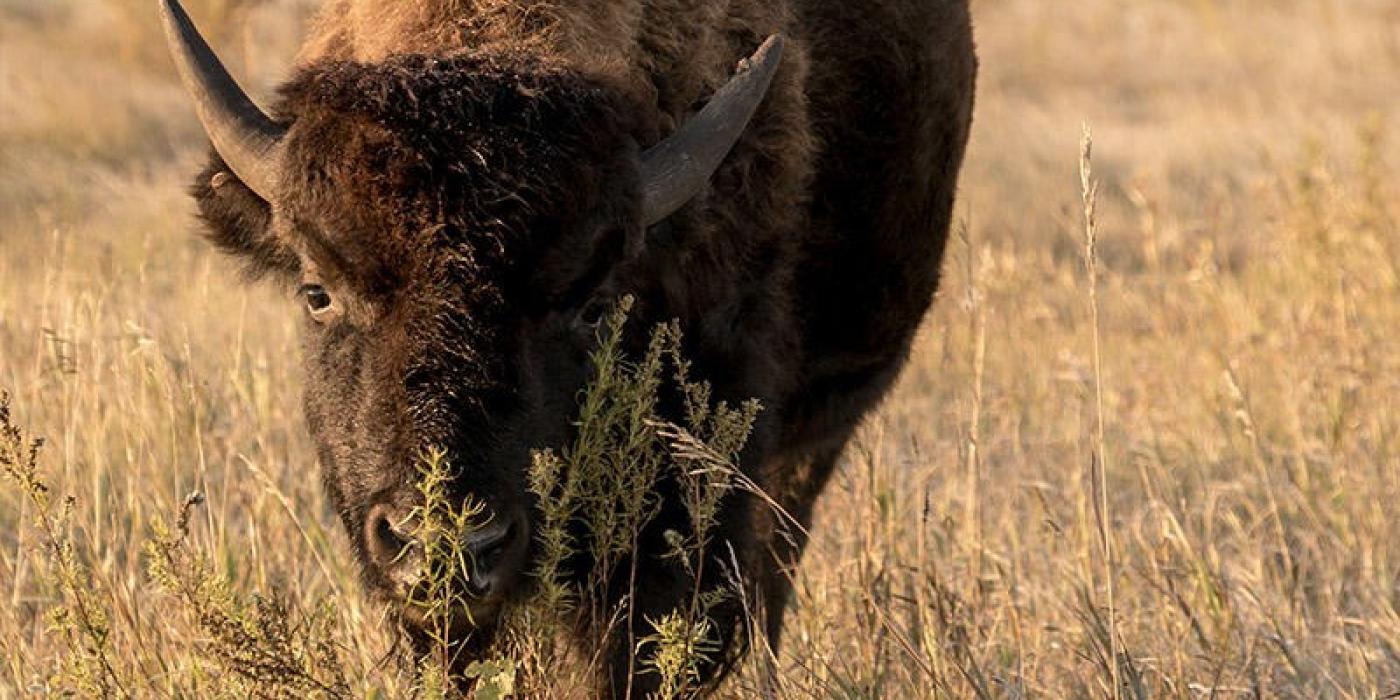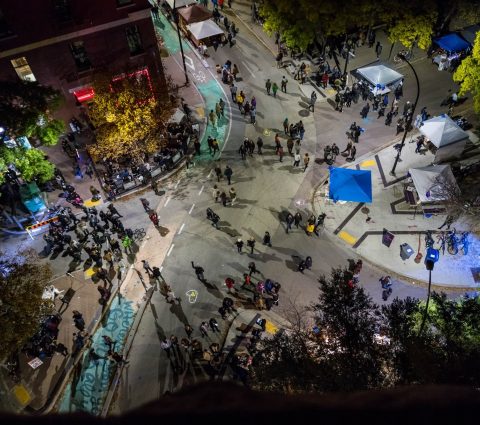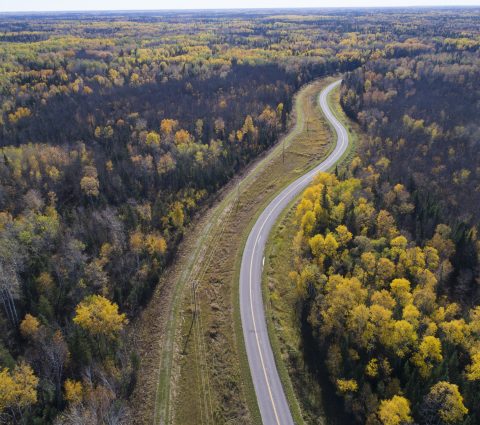- Things To Do
- Manitoba Events
- Food & Drink
-
Places To Go
- Winnipeg
- Churchill
- Eastern Region
- Central Region
- Interlake Region
- Parkland Region
- Western Region
- Manitoba North
- Must-See Destinations
-
Itineraries
- Island Getaway on the Prairies
- Adventure From Here on Out
- Wheat City Wanderings in Brandon
- Escape to the water and the wild
- St. Boniface Winter: Passion and History
- Follow the path to a story in Neepawa
- Unleash your inner Viking this winter
- Explore Clear Lake This Winter Like Never Before
- Breathe in the Whiteshell this winter
- Go North for a boreal forest escape
- Treaty Areas
- Where To Stay
- Trip Essentials
- #ExploreMB Blog
Navigation Options
- Things To Do
- Manitoba Events
- Food & Drink
-
Places To Go
- Winnipeg
- Churchill
- Eastern Region
- Central Region
- Interlake Region
- Parkland Region
- Western Region
- Manitoba North
- Must-See Destinations
-
Itineraries
- Island Getaway on the Prairies
- Adventure From Here on Out
- Wheat City Wanderings in Brandon
- Escape to the water and the wild
- St. Boniface Winter: Passion and History
- Follow the path to a story in Neepawa
- Unleash your inner Viking this winter
- Explore Clear Lake This Winter Like Never Before
- Breathe in the Whiteshell this winter
- Go North for a boreal forest escape
- Treaty Areas
- Where To Stay
- Trip Essentials
- #ExploreMB Blog

Site Maintenance
Our French website is currently being updated and some content is appearing in English instead of French. We are working to resolve this quickly. Thank you for understanding.
More Info10 facts that will make you love bison even more than you already do
Posted: March 21, 2020 | Author: Breanne Sewards
Among all the quintessential Manitoban views, seeing a bison standing tall in a golden field against the backdrop of a setting sun is up there as one of the best. Here are 10 fun facts you may or may not know about our beloved bison!
1 - The bison is Manitoba's official mammal
Zoologically known as Bison bison bison (how great is that?), the plains bison has been a tried and true symbol of Manitoba since 1870. Look around and you'll see the bison on our coat of arms and flag, in the provincial government's logo, at the entrance of the Manitoba Legislative Building and even as the mascot of the University of Manitoba.
2 - There are two living subspecies of wild bison in North America
Next time you see a bison in Manitoba - try to identify which subspecies it is that you are looking at. After all, Manitoba is home to both wood bison (Bison bison athabascae) and plains bison (Bison bison bison). Plains bison have massive heads and shaggy capes, while woods bison have triangular heads and more distinctive shoulder humps.
3 - Riding Mountain National Park is home to a herd of 40 plains bison
Riding Mountain National Park is a bison hotspot here in Manitoba, thanks to its captive herd of 40 plains bison. The bison that roam the 500 hectare enclosure are descendants of a small group that were introduced from Elk Island National Park in the 1940s, as an effort toward conservation of the rapidly disappearing species. When the outbreak is over, consider taking a drive through the enclosure and don't be surprised if there's a few big, furry roadblocks in the way!
4 - The bison is the largest mammal in North America
That's right - even the wildlife are bigger and better in Manitoba. With an average weight of 725 kilograms, the wood bison is one of the largest species of bovid (cloven-hoofed, ruminant mammals) in the world and is also one of the heaviest and longest. In North America, only the moose can beat the bison in height.
5 - Bison are super speedy
You might want to be sitting down for this fact. Not only can bison run up to 55 kilometres per hour, they can also jump up to 2 metres into the air. We've never witnessed it, but we believe it. All the more reason to never exit your car when encountering a bison!
6 - Bison herds sustained Indigenous peoples living on the Great Plains
At one point in human history, bison roamed North America in the millions. For the Indigenous peoples who inhabited the Great Plains, the bison was an essential source for food, shelter, clothing, fuel, ornamentation and more. This unique relationship can be explored further with the Bison Bus Tours at FortWhyte Alive, which runs during the summer.
7 - Bison communicate using their tails
In addition to making sounds and engaging in some pretty serious stare-downs, bison communicate by flicking their tails. You can predict a bison's mood fairly well by looking at their tail: a relaxed bison means a relaxed tail. A playful bison's tail flicks back and forth, while an angry or frightened bison will hold its tail straight in the air.
8 - Rutting season can be intense
Rutting season runs from July to mid-September, during which the herds move more often as bulls challenge each other in their mating rituals. Confrontations between male bison can involve everything from headbutting and shoving to locking horns. Tawny yellow calves are born in May and June and are generally cared for by both parents.
9 - Bison can live for 20 years
With a lifespan of between 15 to 20 years, a bison's life expectancy will depend on whether or not it lives in the wild - where it must contend with predators like wolves and grizzly bears.
10 - Bison are herbivores
Regardless of their astonishing speed and size, bison are gentle giants that live off grasses and sedges. In the winter, they use their foreheads to push the snow away in order to access the grasses beneath.
Bonus fact - Blizzard the white bison
Did you know that Manitoba is home to a very special white bison? The 14 year old bison named Blizzard arrived to the Assiniboine Park Zoo in March of 2006, where he has resided ever since. With white bisons considered to be especially sacred in several Indigenous cultures, Blizzard was welcomed into Winnipeg with ceremonies performed by community elders.


